(first posted 1/10/2019) It’s not often I see a Datsun Sunny (210). Early last year, I saw a wagon in a church parking lot that belonged to an older couple. It was absolutely bone-stock and in showroom condition. This one is different.
The aftermarket wheels work on this particular Sunny, in my opinion. That’s because Aussie-market Sunny wagons, like the USDM 210 wagons, used the body of the Japanese Sunny California with its more rakish rear end. The California, like the fastback coupe and sedans, used a new coil-spring rear suspension.
The other style of Sunny wagon was more upright and was the basis of commercial van versions of the Sunny, retaining the rear leaf springs of its B210 predecessor. Some markets, like Japan and the UK, received both wagons. Conversely, Aussies got the California while Kiwis got the “regular” wagon. Although the sedans were boxy and the California and fastback coupe wedgy, the “regular” wagon has some slightly curves at the rear that make it look like it uses carryover sheetmetal from the B210 wagons. On closer inspection, however, this doesn’t appear to be the case.
This generation of Sunny used the series code B310. Confusingly, Datsun called it the 210 in North America and then introduced the Datsun 310, an unrelated albeit similarly-sized front-wheel-drive model.
It’s understandable why I’d see so few Sunnys, despite their reliability and our classic-friendly climate, because they were extremely short-lived here. Introduced in 1979, they were gone for 1981 as the front-wheel-drive Pulsar came on board.
Front-wheel-drive models like the Sentra and Pulsar ushered out the conservative Sunny from global markets but the Sunny name remained in certain markets. In addition, the B11 Sunny/Sentra continued with the split wagon strategy: rakish Sunny California and upright Sunny Van. Unless you wanted maximum load-carrying capacity, the California was always the way to go. Just look at how this B310 California can pull off those aftermarket wheels.
Photographed in Wilston, Queensland, Australia in January 2019.








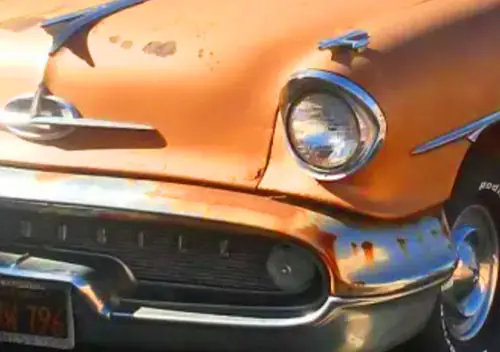
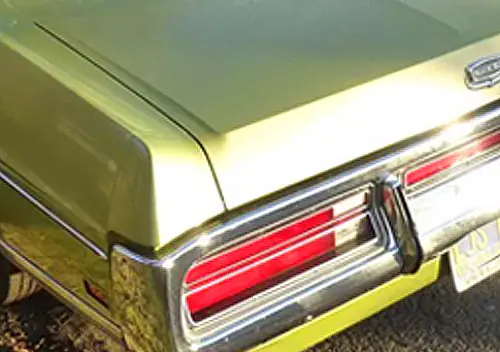
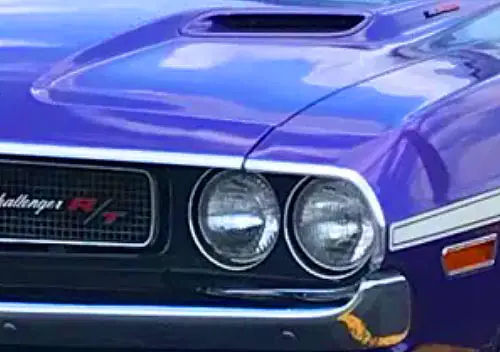

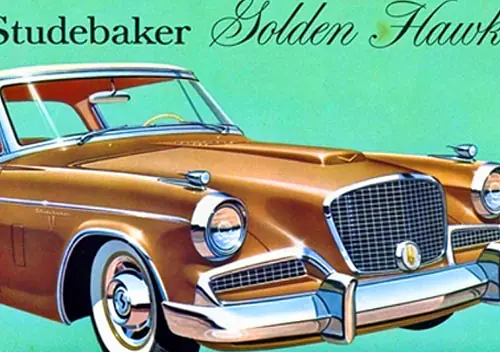
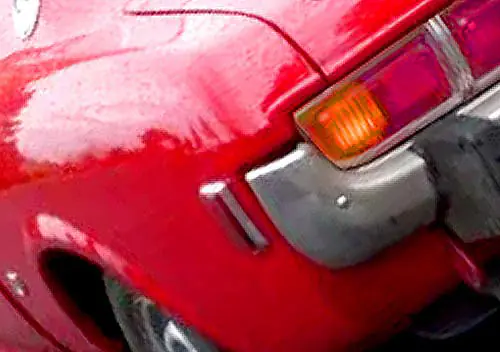
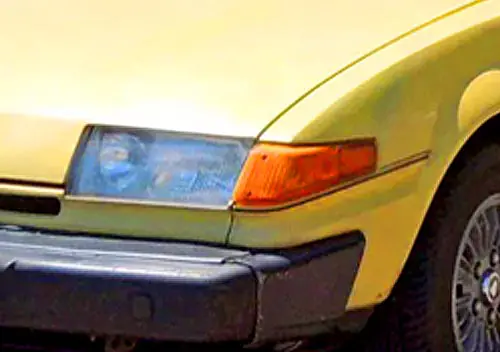
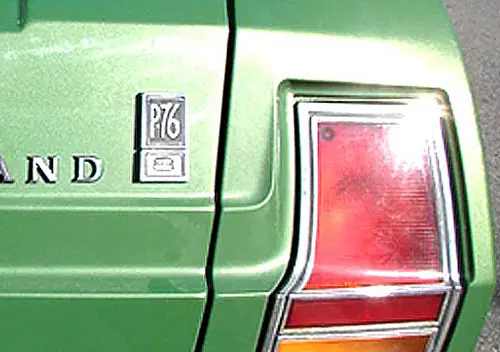
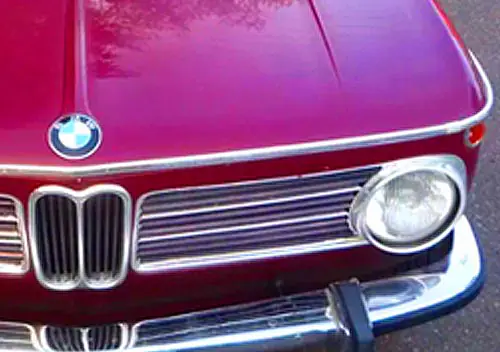
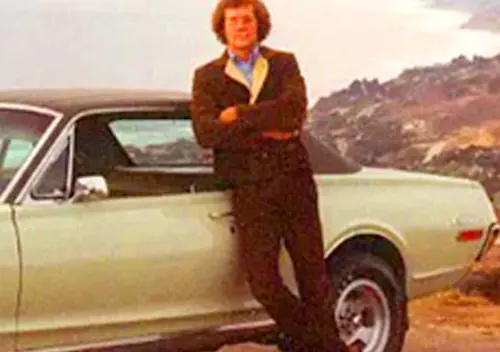
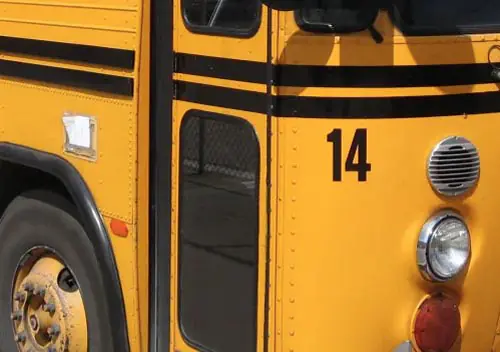
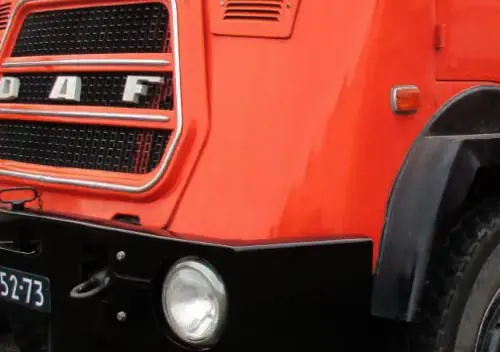
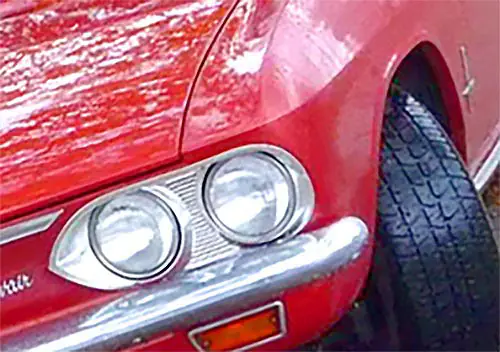
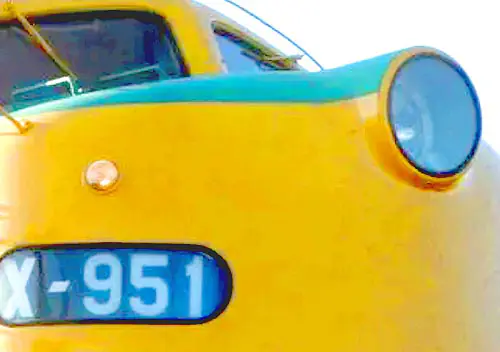
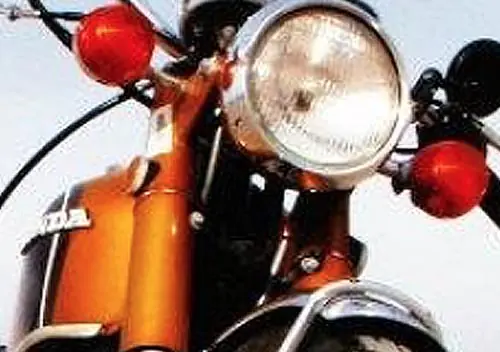
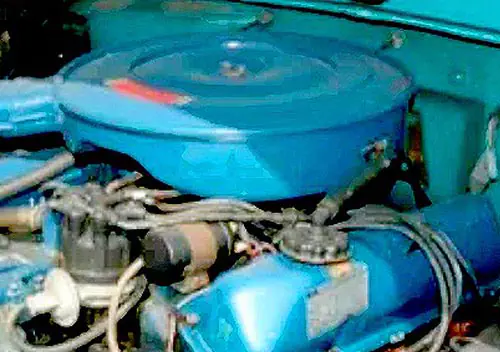
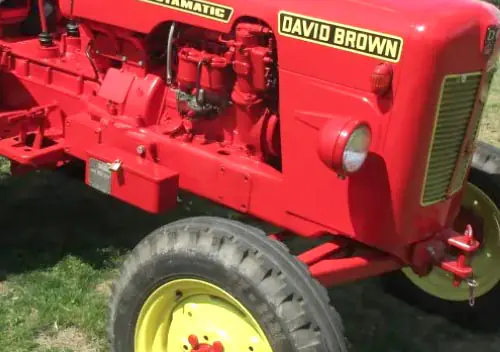
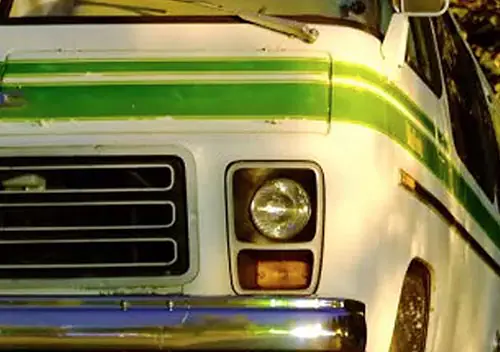

I had a 1980 210 wagon and later hatchback, the only thing that could stop them was rust.
This really shows how times … or at least my perspective … have changed. 40 years ago a 210 (unless on the racetrack) was pretty dull, even with aftermarket wheels. Now, dare I say it, this looks cool!
Right there with you. 1) Japanese, 2) station wagon and 3) brown, this one had 3 strikes against it for late 70s me. Today I would be all over it for just those reasons. Ok, maybe not completely on board with that 70s light brown.
Don’t forget rwd and manual!
510 wagon was the best of the early Datsun cars in my opinion. Rode navigator in a POR (Press On Regardless) rally in Michigan in the early 70’s. Terrifying, but fun. It was time and distance on public highways, and target time = 0 on forest roads.
Dave
The wagon looks kinda cool. Haven’t seen one for years I remember when these came out. They seemed nicer finished that the cheap, nasty and ugly locally assembled 120Y (why did they make it? 😂)
I didn’t know there was a more upright version with rear leafs available in other markets so kudos to Nissan Australia for bypassing the poverty spec model. Can’t imagine Toyota Australia following suit 😤). As far as I know no Toyota wagon of the period, which the exce3of the top end Crown has a rear coil suspension, so it was impressive for Nissan to do this.
In Australia the wagon was fitted with a 1400 engine whilst the sedan and coupe/liftback had the predecessor’s 1200. Was this the case in other markets?
Whilst there have been many cases of wagons having a different wheel base or suspension or final drive ratio, I can’t think of another example of a standard wagon having a larger displacement engine.
They came with such skinny tires from the factory; does look better with the wider ones, just wish it wasn’t lowered so much. SUV lovers please take note of the “proper” station wagon dimensions with a rear end that is at least as long as the rear door is wide, this is how it should be done.
I once bought a 120Y station wagon for 40 rock-hard Dutch Guilders.
Needed it because my Innocenti Cooper 1300 was being restored.
We called it Dirrek (dirk) the Datsun
It was like an ugly puppy, one ft snow on the bonnet, Dirreks starter motor zoomed like a hummingbird, Dirrek’s engine started.
Dirrek was never moody but a loyal friend, although rust was eating the lower side of Dirreks panels, Dirrek did not bother, the family used Dirrek because he was so uncomplicated.
I still miss that faded orange Datsun 120 Y (210 in the US), if I ever find a new Dirrek a sedan, coupe or stationwagon I swear I’ll buy it.
Dented Dirrek, covered in stickers from kids from the neighbourhood, I can still hear the hum of his 1200 engine, no wonder Japanese cars took over the world!
A car of my childhood. My father bought one around when I was born in 1981. I gather he had either an Olds or Buick full-size Wagon he had bought a couple years earlier but gas was going up again so he went back to the same dealer and ordered a green 210 wagon with a 5 speed. But what the dealer got was a brown 210 wagon with a 5 speed. So my father took it anyway after some hard negotions on the trade in the dealer didn;t want. I really didn’t like the car as a kid, mostly because it had started to rust heavily as I got older. I assume it didn’t give my parents much mechanical issues as I don’t recall it sitting at the shop like some other cars they had. But I do recall installing new seat skins and a cassette deck with my dad at some point. In the end my sister got in an accident with it on the way home from college in the early 90’s and that was it.
Looking at it now it’s kind of a cool car but I really hated wagons as a kid.
Hi William, you are the guy that took photos of my green 200B Aspen in Brisbane city many years ago. Despite some sceptics doubting it was an original, I can assure you and them it most definitely is. Everything original except for some engine parts. Bought it new in 1980 and it is still going strong.
Interesting turn of phrase. “Sunny”. Only used in foreign markets. Curbside Classics must originate outside the US.
In the US market the car was rear wheel drive and called B210 until the ’79 model year, I believe, when the “B” was dropped and it was just 210 until it was replaced by the front wheel drive 310 in the early 80’s.
CC is based in the US but we have contributors all over the globe.